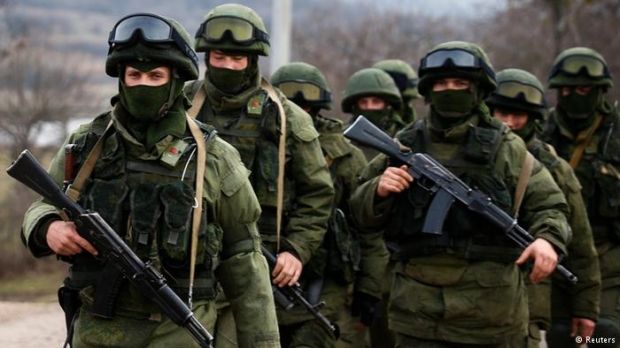
The move could be motivated by a spate of unwanted revelations revealing Russian troop deployments in Ukraine and Syria, MT wrote referring to RBC news agency.
A proposal for draft amendments to the Law on the Status of Military Personnel was published on the federal portal for draft regulations Wednesday.
The Defense Ministry said that foreign intelligence agencies, as well as extremist and terrorist organizations, use information posted by Russian soldiers on the internet to "destabilize the internal political and social situation in various regions of the world."
Read alsoRussia targets NATO soldiers' smartphones – WSJRussia's Federal Security Service (FSB) and the Federal Protection Service (FSO), which guards the top leadership, Kremlin grounds and other government buildings, already have a social media ban in place.
A source within the Russian defense ministry told RBC that the law was written before the existence of social networks and now "practice has run ahead of theory and no longer corresponds to what is prescribed."
Read alsoRussian Kalmyk soldiers "got lost" in Ukraine steppes: OSINT investigationRussian soldiers were detected in Ukraine in 2014 and Syria in 2015 by social media, says RBC.
Ildar Maksutov, 21, from the 137th Guards Regiment of the 106th Guards Division of the Airborne Forces, killed July 28, 2014, had a social media status which read "To Ukraine!"
Read alsoOSINT experts identify soldiers of Russia’s Northern Fleet fighting in Donbas in 2014Conflict Intelligence Team (CIT), a group monitoring conflicts in Ukraine and Syria, found photos in November 2015 uploaded by Russian soldier Ayas Saryg-Ool, indicating he was in the Syrian governorate of Hama.
The investigative journalism group Bellingcat were able to track down the Russia-backed separatists in eastern Ukraine in July 2014 who are suspected of shooting down the MH17 airliner with a Buk missile system.

